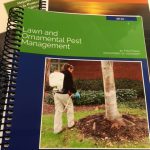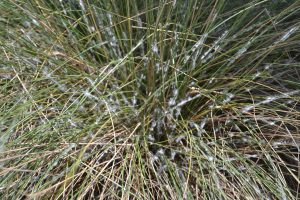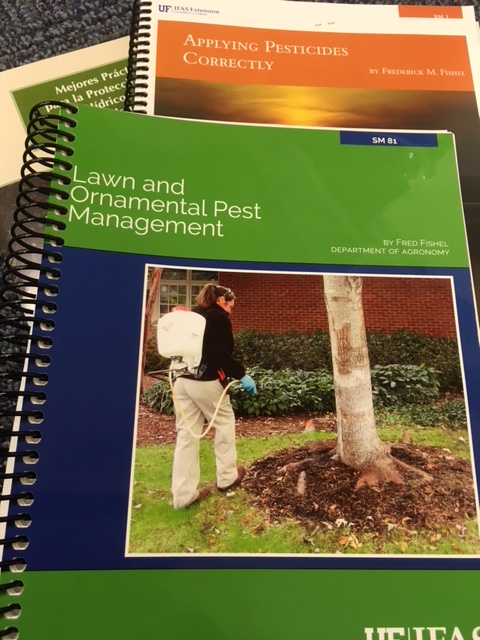

Green Industry Training Classes
Please check out our Upcoming Events page to see what classes are offered in the Panhandle for Green Industry Professionals.
If you’d like to have emails about upcoming events sent directly to your inbox, sign up for our newsletter at Subscribe UF/IFAS select “Green Industries in the Panhandle” under the “Lawn & Garden” tab.
2016 Formosan Termite Swarm Report
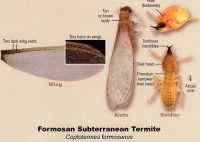 The genus Coptotermes contains the largest number of termite pests (28 species) worldwide, with the Formosan subterranean termite, Coptotermes formosansus, being the most widely distributed and most economically important. During the 1960’s it was found in Texas, Louisiana, and South Carolina. The first well-established colony in Florida was reported in 1980.
The genus Coptotermes contains the largest number of termite pests (28 species) worldwide, with the Formosan subterranean termite, Coptotermes formosansus, being the most widely distributed and most economically important. During the 1960’s it was found in Texas, Louisiana, and South Carolina. The first well-established colony in Florida was reported in 1980.
A single colony of Formosan subterranean termite may contain several million termites that forage up to 300 feet in soil. Once established, the Formosan subterranean termite has never been eradicated from an area. Therefore, monitoring of movement of the species is critical. Beginning in 2015, the Florida Department of Agriculture of Consumer Science (FDACS) began trapping the alates. Termites have three primary castes: the reproductive, soldiers, and workers. Within the reproductive caste, the young females, referred to as alates, are the ones that leave the colony. They are able to form wings and seek new areas to become established. Dispersal flights or “swarms” are massive and begin at dusk on calm and humid evenings from April to July. Alates are attracted to lights.
The objective of the FDACS Formosan Termite Alate project is to trap alates throughout the four most western counties of the Panhandle during their major swarm season in May and June, which is the time they are most active in that part of Florida. Trapped alates were counted on a weekly basis to determine peak swarming weeks. White, gridded 7”x 4” sticky card attached to 6’ stakes are placed under strong, predetermined street lights. Twenty-two trap locations were selected, each representing a key Panhandle community with at least one location North of I-10 within each of the four counties.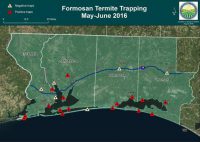
In 2016, sixteen out of the 22 traps were positive for Formosan termite alates throughout the four Panhandle counties. Formosan alates were caught during 7 of the 8 weeks of trapping. The largest spike in numbers trapped was during the week of May 8th. A subsequent swarming spike occurred during the week of May 22nd. Trap locations that were positive in 2016 and not 2015 included Pensacola Beach, Destin, Blue Mountain Beach, Okaloosa Island and Choctaw Beach. The project will be continued each year in order to determine some of the problem areas.
For more information go to:
http://www.freshfromflorida.com/Divisions-Offices/Agricultural-Environmental-Services/Consumer-Resources/Protect-Your-Home-from-Pests/Termites/Formosan-Termite-Program
Muhly Grass Pest
Muhly grass (Muhlenbergia capillaris) is a generally pest free plant in our area, however, we are seeing the native mealybug, Stemmatomerinx acircula, on plants in various landscapes. Insects are on the leaves and are grey with white wax that may have some filaments. You may also see long ovisacs on the leaves which contain eggs and crawlers. The native fakahatchee grass may also be a host.
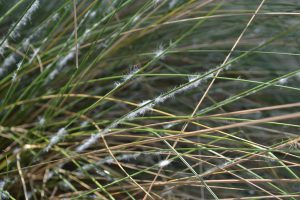
The mealybug is white with fine filaments and numerous mealybugs can be found each leaf. Photo: Beth Bolles
The common practice of right plant, right place does not always prevent the mealybug infestations on muhly grass. Specimens in both full and shade can be affected, as well as mass plantings and those spaced out. At this time, there is not a lot of information on why some plantings are heavily infested and others are not.
Since mealybugs are piercing sucking insects, there may be some browning of leaves, especially on less vigorous plants. You may have to remove and destroy plants that are heavily infested and declining. In situations where treatment is warranted you may choose a systemic insecticide or oil spray to keep plants looking more attractive. As the landscape manager, you will need to decide what is an acceptable threshold for this pest.
Integrated Pest Management – Accurate Pest I.D.
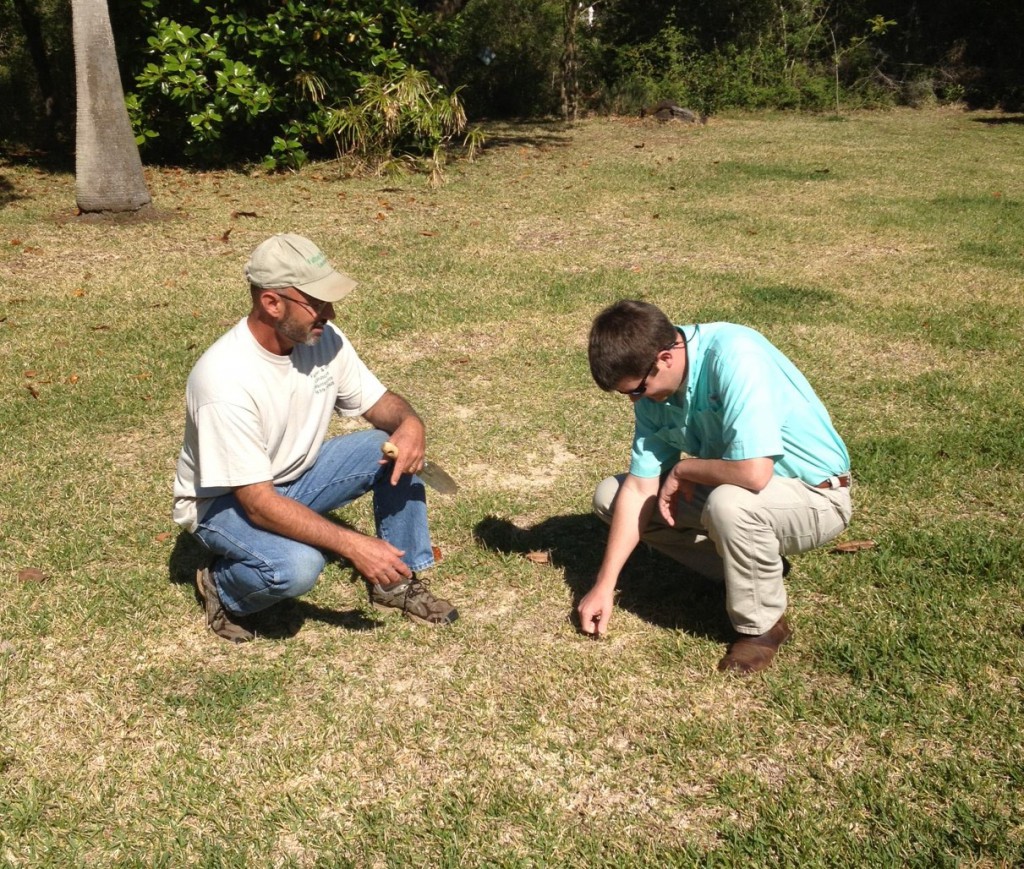
UF/IFAS Extension working with horticulture professionals scouting turf issues. Photo Credit: Blake Thaxton
